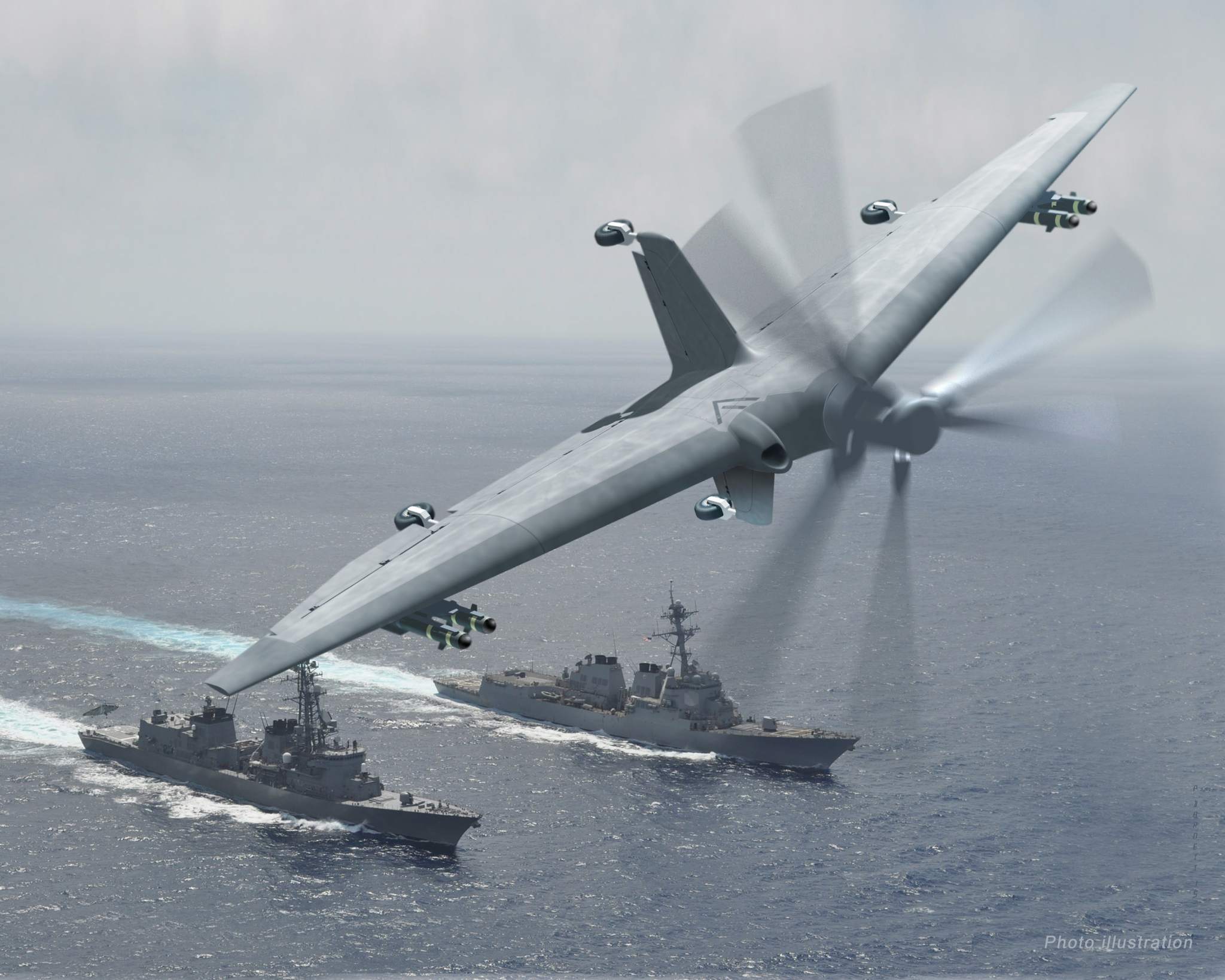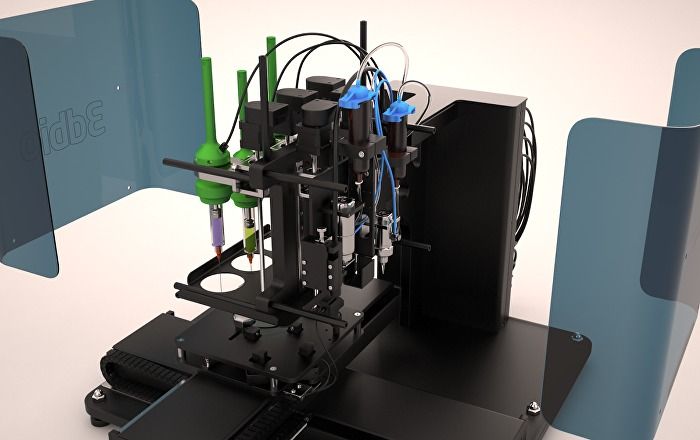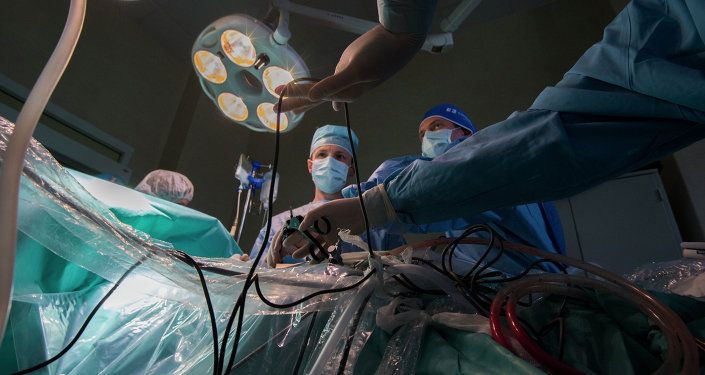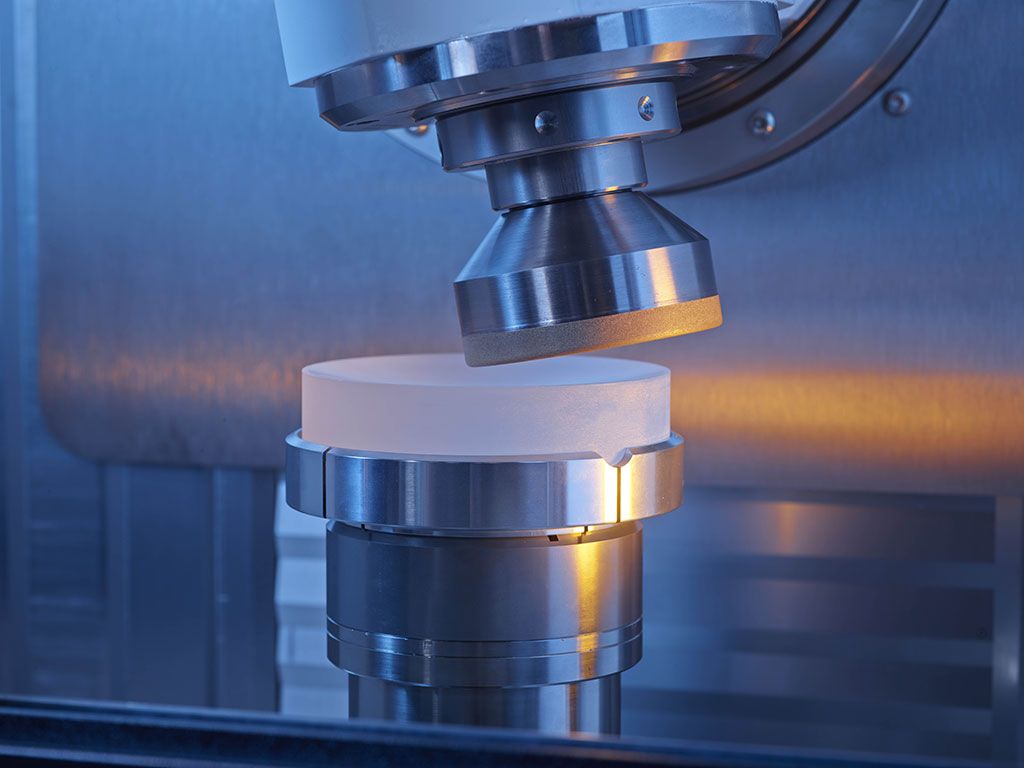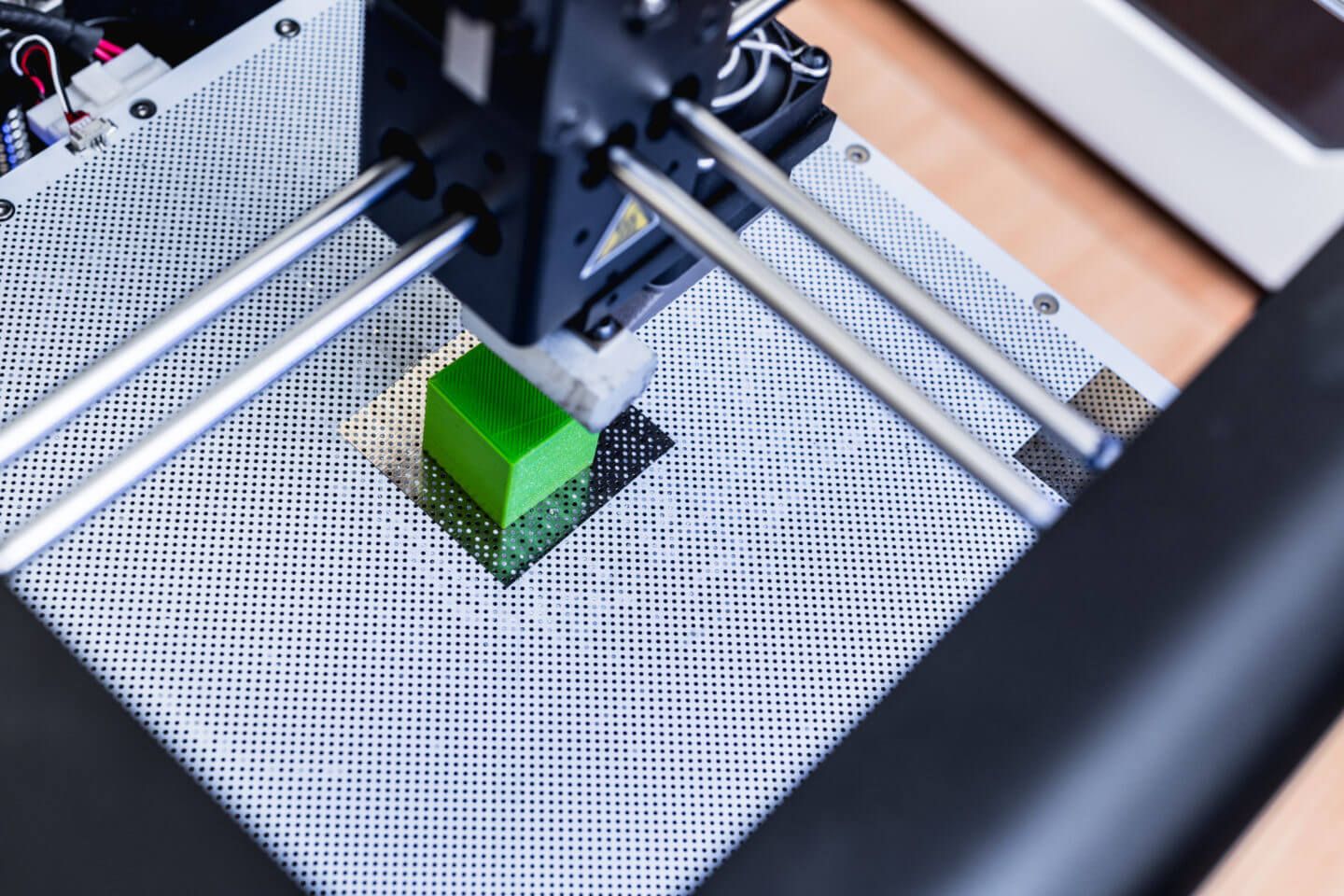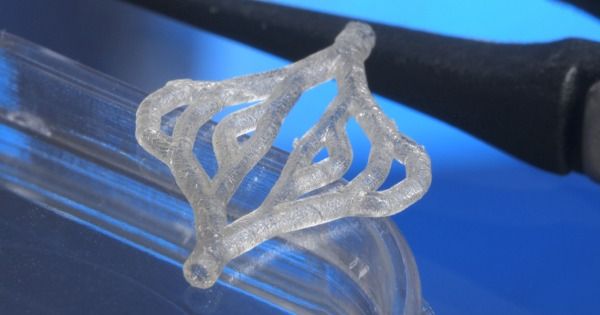DARPA recently performed a critical design review (CDR) in mid-October of the design’s General Electric engine. The GE engine will enable the drone to fly both vertically and horizontally. GE are rarely far from 3D printing news, not just for developing their 3D printing portfolio but also for repairing 3D printed engines with 3D printing. Naturally, the details of TERN’s engine have not been made public by DARPA but it may be fair to speculate that GE would have looked to use their latest developments with 3D printing in the project, especially given the value of 3D printing for making low volume or one-off complex components.
